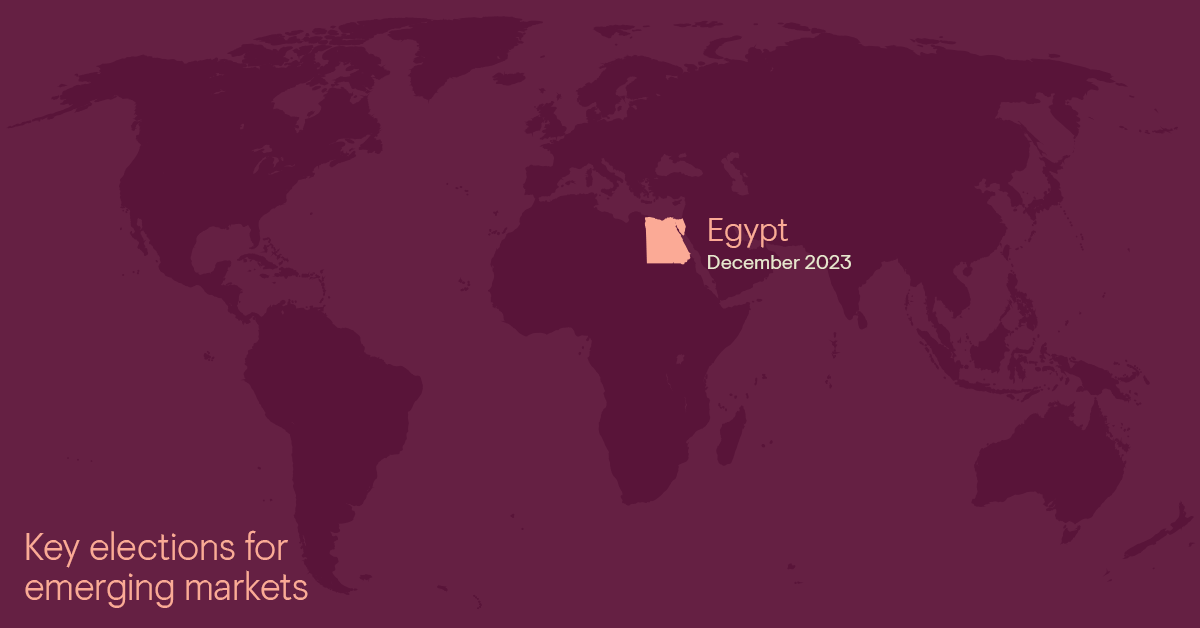The year of the ballot
Elections often move markets. This year, eight of the world’s 10 most-populous nations go to the polls in the same year for the first time ever. FX markets are often the best way to express views or hedge positions in and around elections, and FX volatility presents a source of potential alpha. We have produced this piece to help investors navigate this year. The year of the ballot.
Overview

Elections often move markets. In 2024, eight of the world’s 10 most-populous nations – the US, India, Brazil, Indonesia, Bangladesh, Mexico, Pakistan, and Russia – go to the polls in the same year for the first time ever. More than 50 countries are electing governments1. So, we can reasonably expect FX volatility.
Voting takes place in the Global North and South, across developed and developing markets. More than two billion people are entitled to cast ballots. Depending on where we look, we might see ideologies reshaping economies, challenges to institutions, polarisation by region or market, new assessments of debt, and deep ebbs and flows of trust.
Adopting a crystal ball is unwise, in this environment or any other. There is no clear and obvious recipe for portfolio positioning around elections. Some markets can take time to price in the outcome. Others can move rapidly. Some emerging market (EM) countries choose to intervene directly in their currency market to counter volatility. Others choose not to. Because of the variable responses, and generally better liquidity, FX markets are often the best way to express views or hedge positions in and around elections.
What we also know is that FX volatility presents a source of potential alpha. So, we are alert to the factors we can see and source around every election which might influence our markets. We are alert, also, to what we might learn from the past.
We have undertaken historical analysis of FX performance covering close to 100 elections across over 20 EM countries2. This suggests there is significant alpha potential given heightened dispersion. For example, in the six weeks into and out of an election, the average FX move of both the top and bottom quartiles is around 3.5% higher and 3.5% lower than the broader market returns.
With that in mind, we have produced this piece to help investors navigate this year. The year of the ballot.
To be sure, nothing is certain, because the impact of each election will vary, depending on the country and its existing economic and political conditions. In our own analysis, we often handle election uncertainty by plotting scenarios, with estimated probabilities. Keeping them live as news updates. Mispriced assets often emerge with this simple yet intuitive process. Our analysis below considers ballots likely to have a high, medium or low impact on emerging market risk assets and also summarises elections that have already taken place.
The elephant (and donkey) in the room is the mightiest nation of all. The election in the US. That is where we begin.
1 Source: World Economic Forum.
2 We have excluded elections that do not represent genuine prospect of political change (e.g Russia, some sub-Saharan African countries) or in markets where the exchange rate is pegged.
Sign Up Now for Full Access to Articles and Podcasts!
Unlock full access to our vast content library by registering as an institutional investor .
Create an accountAlready have an account ? Sign in

